Good to Great

Hi, The Investor’s Podcast Network Community!
Happy Earth Day 🌎
Savor the great outdoors, and remember Earth Day’s 1970 debut—when 20 million eco-savvy youngsters rallied in the U.S.
Fast forward 50 years, and 200 million enthusiasts from 141 countries joined the green party. Let’s keep the eco-love alive 💚
Today, we’ll be discussing why good is the enemy of great, and more, in just 4 minutes to read 📖
Get smarter about valuing businesses in just a few minutes each week.
Get the weekly email that makes understanding intrinsic value
easy and enjoyable, for free.
Making the leap
Typically, people choose good over great. That’s why most people are truly great in few, if any, aspects of their lives.
From personal development to running a business or your career, it’s easier to stick to what’s good enough than strive for exceptional competence.
For that reason, we settle for good work rather than great work, we have good schools, not great schools, and most companies never become great.
Jim Collins, a renowned business management researcher and author, conducted a study to understand what pushed select companies to move from mediocrity to lasting greatness.
Collins and his team analyzed 15 years of companies’ financials, identifying those that underperformed or matched an average performance followed by 15 years of threefold market returns. The companies achieved 6.9x the market average after their transition point.
His findings led to a pattern, which he called ‘Good to Great.’ He discovered that some companies make the leap because they thrive on excellence instead of accepting mediocrity.
A hedgehog or a fox?
Collins’ metaphor highlights contrasting thinking styles, inspired by philosopher Isaiah Berlin’s fox and hedgehog essay, where he divided people into two basic groups of foxes and hedgehogs: “The fox knows many things, but the hedgehog knows one big thing.”
Foxes look like winners, and they think they’re smart. They pursue many ends simultaneously, never integrating their thinking into one unifying vision.
Conversely, hedgehogs are modest. They simplify a complex world into a single organizing idea, a basic principle or concept that guides everything.
Princeton professor Marvin Bressler claimed that those who’ve made the biggest impact were hedgehogs:
- Freud and the unconscious
- Einstein and relativity
- Adam Smith and the division of labor
They all took a complex world and simplified it. This is also what the best and most successful companies do. They use their hedgehog nature to drive a ‘Hedgehog Concept’ for their companies.
Collins found that those who led mediocre companies tended to be foxes, never gaining a clarifying advantage. They were scattered and inconsistent, probably because they never asked the right questions and set their goals out of boldness rather than understanding.
Collins points out that it’s not enough to “go off-site for two days, put together a bunch of flip charts, do breakout discussions” to develop a deep understanding of what the company should focus on to grow.
Thriving excellence
The Hedgehog Concept is a turning point in the journey from good to great. In most cases, the transition date follows within a few years of selecting a Hedgehog Concept.
To go from good to great requires a deep understanding of three intersecting circles translated into a simple, crystalline concept.
Where these three points overlap exists a company’s Hedgehog Concept:
To name a few examples of such companies:
- Passionate about – Philip Morris: It became a top multinational tobacco company because its people were crazy about the tobacco business, rather than diversifying away from tobacco for profits, like its competitors.
- The best at – Gillette: The razors and personal care company became the best at building premier global brands of daily necessities that require sophisticated manufacturing technology.
- Driving economic engine – Kroger: Its supermarkets shifted from profit-per-store to profit-per-local population, which reflected the insight that local market share drove grocery economics.
Interestingly, success isn’t industry-dependent.
For example, the banking industry was ranked in the bottom quartile of industries (in total returns) during the same period that Wells Fargo Bank, a company that previously embodied the Good to Great Pattern, beat the market by four times.
Every good-to-great company figured out how to sustain fabulous economic returns by attaining profound insights into their economic reality and understanding these three fundamental factors.
Dive Deeper
If you’re interested in discovering which businesses transitioned from good to great in his study, and why, check out Colllins’ excellent book, Good to Great. It has sold more than 4 million copies!
WHAT ELSE WE’RE INTO:
📺 WATCH: The most important economic schools of thought
👂 LISTEN: From startup executive to angel investor, with Jason Kirby
📖 READ: Germany quits nuclear power
SEE YOU NEXT TIME!
Enjoy reading this newsletter? Forward it to a friend.
All the best,

P.S The Investor’s Podcast Network is excited to launch a subreddit devoted to our fans in discussing financial markets, stock picks, questions for our hosts, and much more! Join our subreddit r/TheInvestorsPodcast today!










